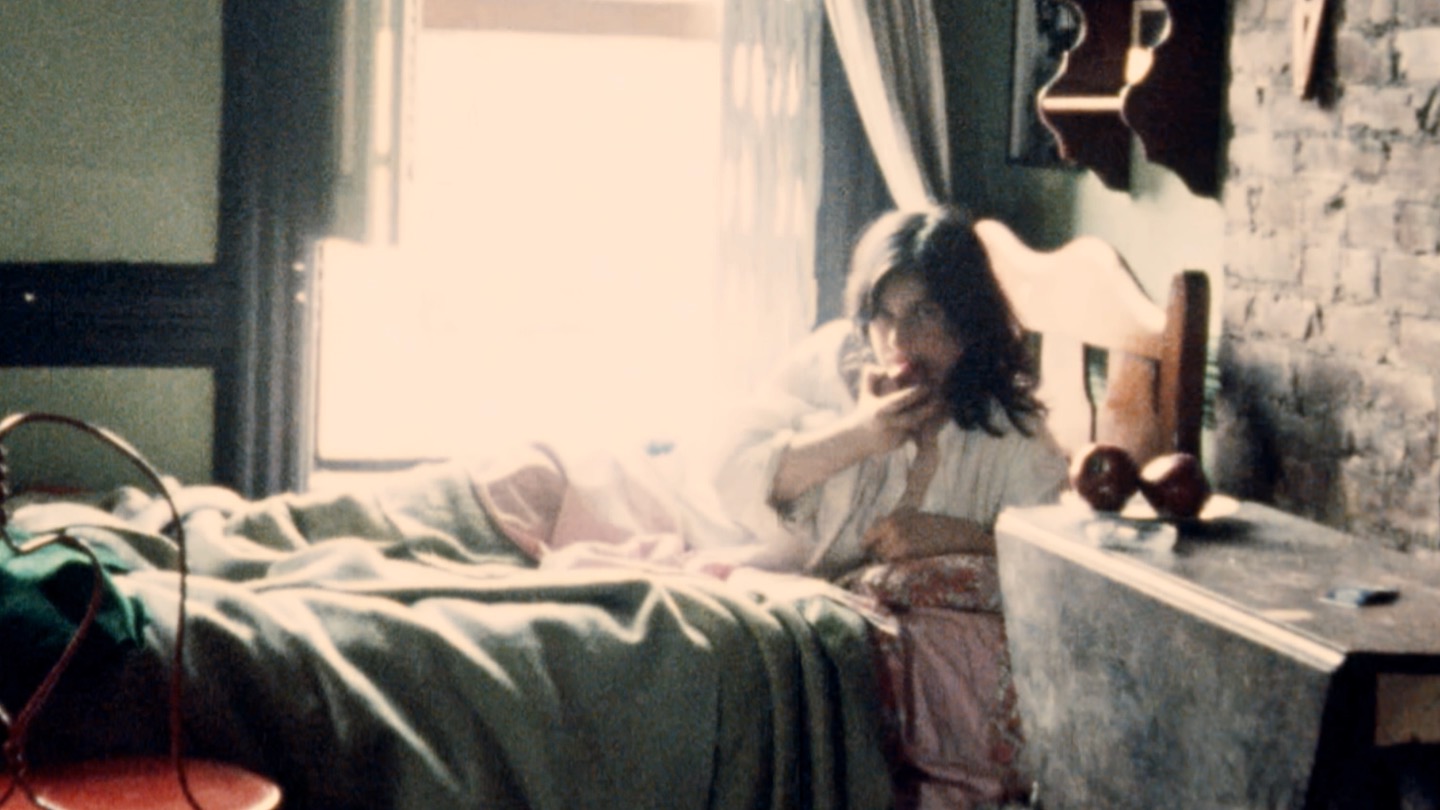Henri Stock offers an impressionist portrait of his hometown Ostend. The film is divided into a number of visual chapters, such as the harbour, wind, foaming waves, dunes and rain. The viewer’s gaze is led through a series of sensual impressions in which the light, compositions, textures and rhythms of the water, sand and waves become filmic elements. The cinematography is relieved of its narrative function and opens up a new cinematic reality.
‘Images of Ostend is undoubtedly one of the most beautiful works of pure cinematographic poetry that silent cinema has left us… The new form of cinema has deprived us of the taste for such works in which the soul of cinema vibrates so intensely. Yet they remain testimonies of infinite greatness that one cannot see without a certain nostalgia.’
Carl Vincent





